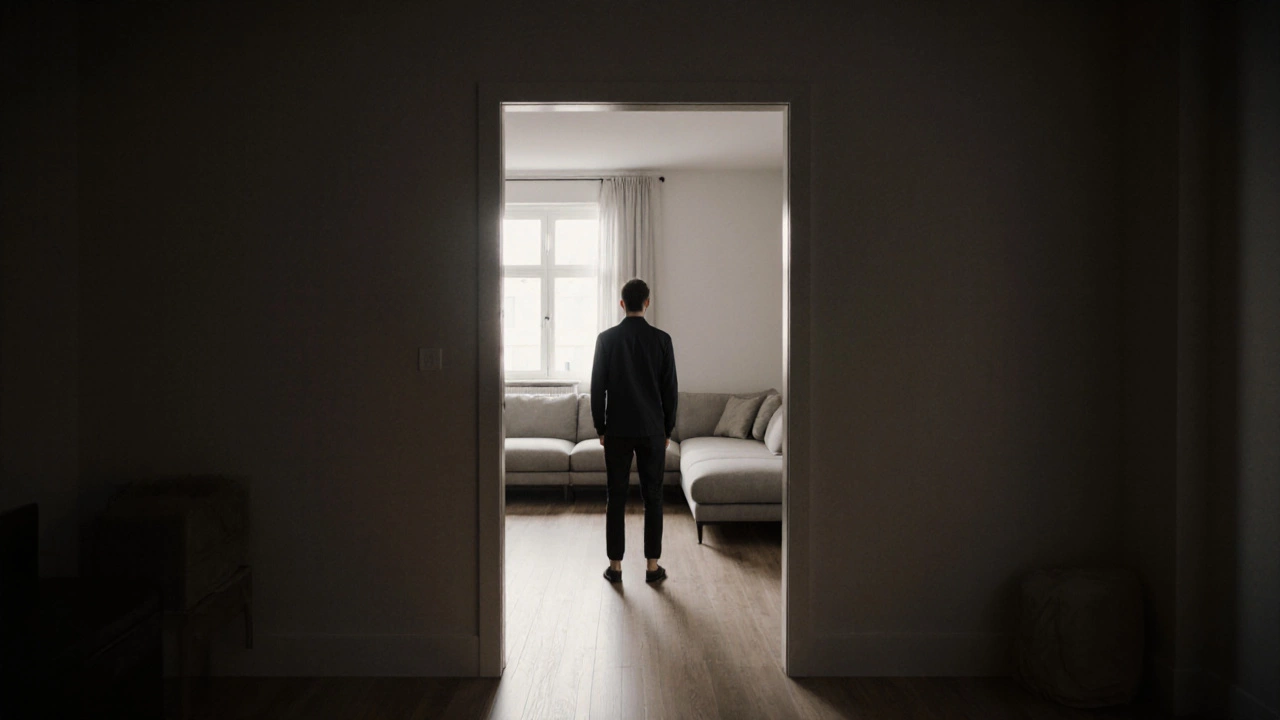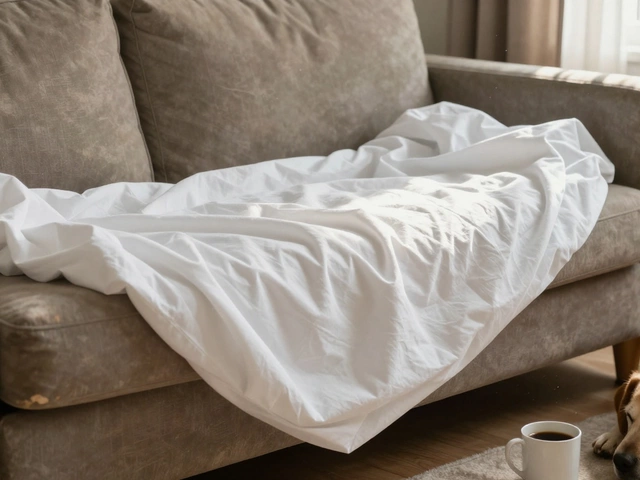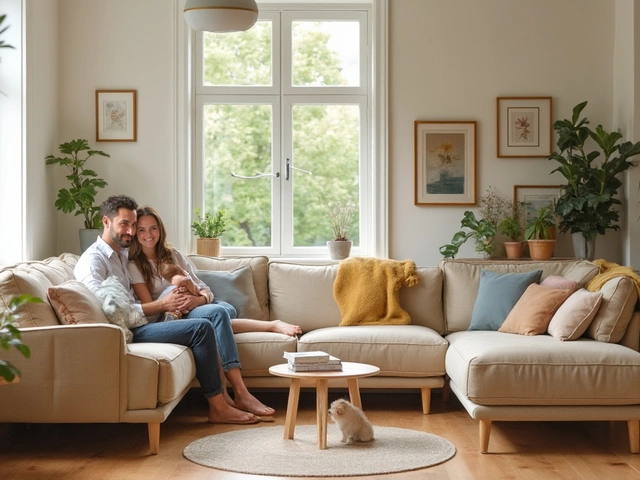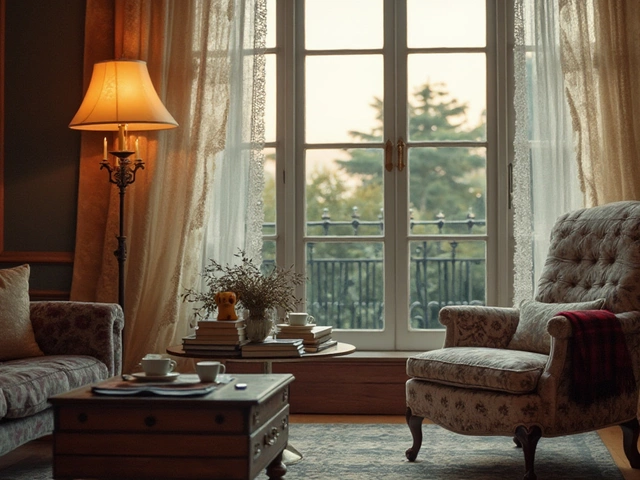Corner Sofa Direction Checker
Check Your Sofa Orientation
When you walk into your room and face the corner sofa:
Ever walked into a furniture store, pointed at a corner sofa, and heard the salesperson say, "That one’s left-hand facing" - and felt totally lost? You’re not alone. Most people don’t know what "left-hand facing" actually means until they’ve been burned by ordering the wrong one. And once it’s delivered, there’s no turning back. No returns on bulky furniture. That’s why understanding this simple term can save you hundreds of dollars and a lot of frustration.
What "Left-Hand Facing" Actually Means
When someone says "left-hand facing corner sofa," they’re talking about the direction you face when you walk into the room and look at the sofa. It’s not about which side your left hand is on when you sit down. It’s about the angle of the corner and which armrest is on your left as you enter the space.
Imagine standing in your living room doorway, looking straight at the corner sofa. If the long side of the sofa is on your right and the shorter section (the chaise) angles off to your left, then it’s a left-hand facing sofa. The corner turns to the left as you face it from the entrance.
Think of it like a door. A left-hand door swings open toward your left when you’re standing outside and facing it. Same logic applies here. The "facing" direction tells you where the sofa’s L-shape turns when you enter the room.
Why It Matters More Than You Think
Getting the direction wrong doesn’t just look odd - it can ruin how you use the space. A left-hand facing sofa might block your path to the TV, block a window, or leave you with no room for a side table. You might end up sitting with your back to the main light source or having to climb over the armrest every time you want to get up.
In a typical Auckland living room layout - say, a 4x5 meter space with a TV on the west wall and a window on the south - a left-hand facing sofa might sit perfectly along the east and south walls, leaving a clear walkway to the kitchen. But if you accidentally ordered the right-hand version, that same sofa would jut out into the middle of the room, blocking the path to the window and forcing you to turn your back to the view.
It’s not just about looks. It’s about flow. Furniture should make movement easy, not complicated.
How to Tell Left-Hand From Right-Hand Facing
Here’s a foolproof way to check, whether you’re shopping online or in-store:
- Stand in the spot where you plan to put the sofa - imagine you’re walking into the room.
- Look directly at where the sofa will sit.
- Notice which armrest is on your left side as you face the sofa.
- If the long section is on your right and the chaise extends to your left, it’s left-hand facing.
- If the long section is on your left and the chaise extends to your right, it’s right-hand facing.
Pro tip: Most online retailers show a small arrow or icon on the product image that points to the chaise end. If you don’t see it, call the store. Don’t guess.
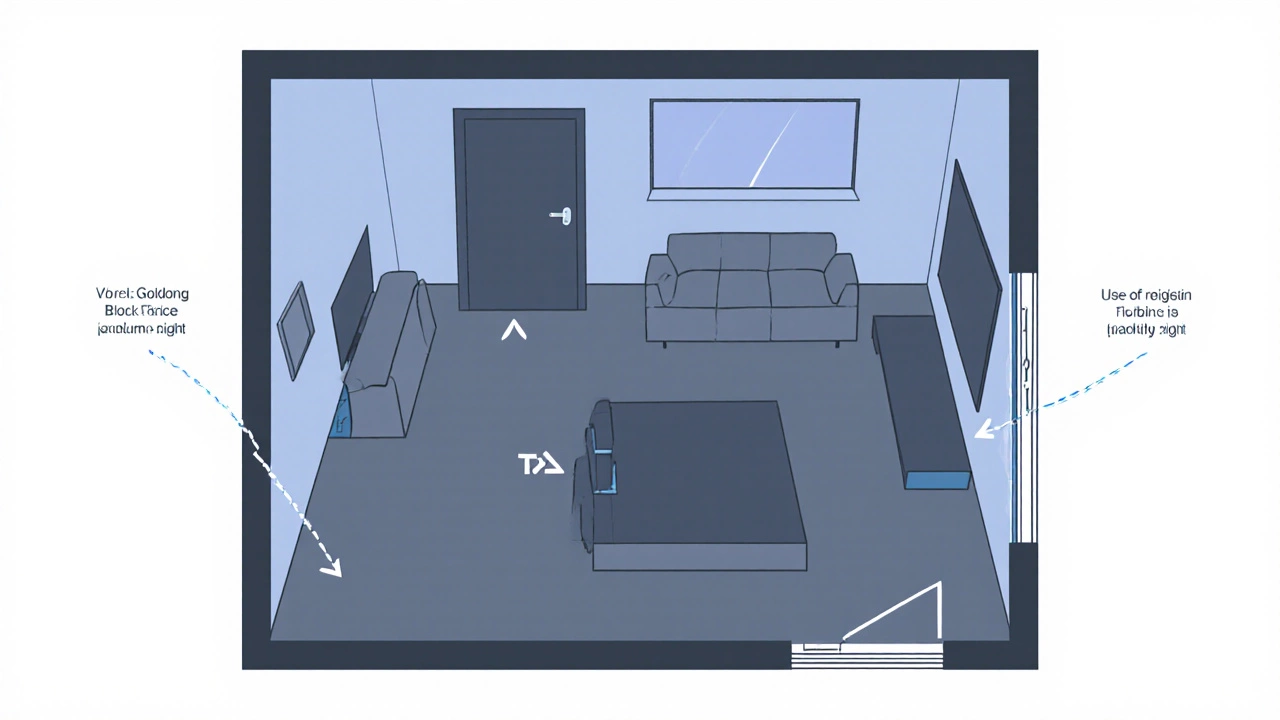
Common Mistakes People Make
Here are the three most common errors:
- Mixing up "left-hand" with "left when sitting" - This is the biggest one. When you sit on the sofa, your left hand might be on the chaise side - but that’s not what "left-hand facing" means. It’s about your position when entering the room.
- Assuming all corner sofas are symmetrical - Many people think they can flip the sofa around. But corner sofas are designed with the chaise on one side only. The frame, cushions, and even the legs are built for one orientation.
- Not measuring the room first - A left-hand sofa might look perfect on the screen, but if your door swings inward on the left, or your TV is on the right wall, you’ll be stuck with a sofa that blocks everything.
One customer in Ōtāhuhu ordered a left-hand sofa because the showroom model looked great. But when it arrived, the chaise blocked the doorway to the balcony. She had to return it - and paid $180 in restocking fees.
How to Choose the Right One for Your Room
Here’s how to pick the right orientation without regret:
- Draw a simple floor plan - Grab a sheet of paper. Sketch your room, mark the door, windows, TV, and any fixed furniture. Don’t need to be perfect - just approximate.
- Mark your sightlines - Where do you naturally look when you walk in? Toward the TV? The fireplace? The window? The sofa should complement that view, not block it.
- Test the flow - Use masking tape to mark the sofa’s footprint on the floor. Walk around it. Can you get to the kitchen without stepping over the armrest? Can you open the door fully without hitting the chaise?
- Check the power outlets - If you plan to plug in a lamp or soundbar, make sure the sofa won’t hide the socket.
- Ask for a diagram - Reputable sellers will send you a layout sketch. If they don’t, walk away.
There’s no "better" direction - just the right one for your space. A left-hand sofa might be perfect for your apartment in Ponsonby but terrible for your house in Henderson. It’s all about context.
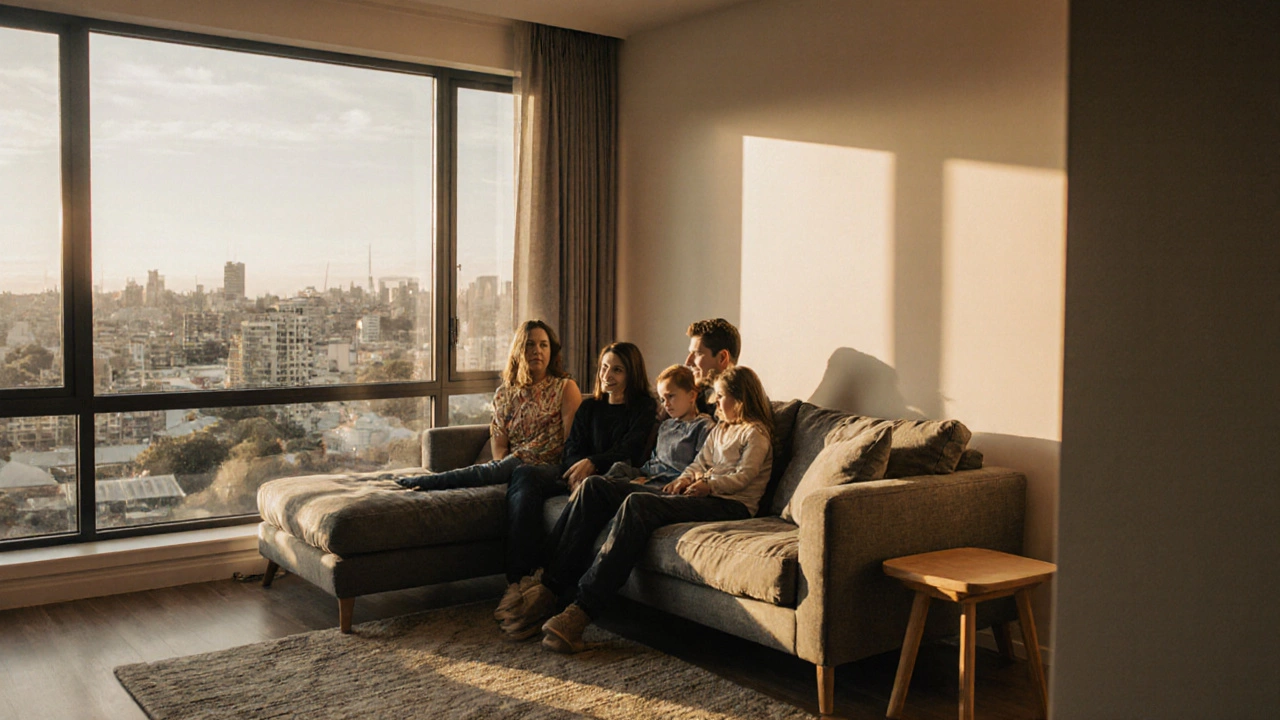
What to Look for When Buying
Not all corner sofas are built the same. Here’s what to check before you click "buy":
- Chaise length - Is it long enough to stretch out? Some are only 1.2m - too short for most adults.
- Reclining options - Does the chaise lift up? Does it have a footrest? Some models have motorized recliners - great if you watch TV a lot.
- Removable covers - If you have kids or pets, washable fabric is non-negotiable.
- Frame material - Hardwood frames last longer than particleboard. Ask what’s inside.
- Warranty - A good sofa should come with at least a 5-year frame warranty. Anything less and you’re gambling.
Brands like Freedom, The Warehouse, and IKEA all offer left-hand and right-hand corner sofas. But their descriptions aren’t always clear. Don’t rely on the product name alone. Always confirm the orientation with the sales team.
What Happens If You Get It Wrong?
If you’ve already bought the wrong one, here’s your reality check:
- Most stores don’t accept returns on corner sofas unless they’re damaged.
- Delivery fees are non-refundable.
- Reselling it is hard - people are very specific about orientation.
- Trying to flip it around? Won’t work. The chaise is built into the frame.
Your best bet? Move other furniture to make it work. Swap your side table to the other side. Re-position your rug. Use a floor lamp to draw attention away from the awkward angle. Sometimes, small tweaks make a big difference.
But honestly? The cheapest option is usually to return it and start over - even if it costs a little extra. A poorly placed sofa makes your whole room feel off. And you’ll notice it every single day.
Final Tip: Always Double-Check
Before you finalize your order, say this out loud: "As I walk into the room, the chaise is on my left." If that’s true, you’ve got the right one.
Don’t trust the picture. Don’t trust the name. Don’t trust the salesperson unless they point to a diagram and say, "This is the chaise end." Get it in writing. Take a screenshot of the product page showing the orientation. Save it. You’ll thank yourself later.
